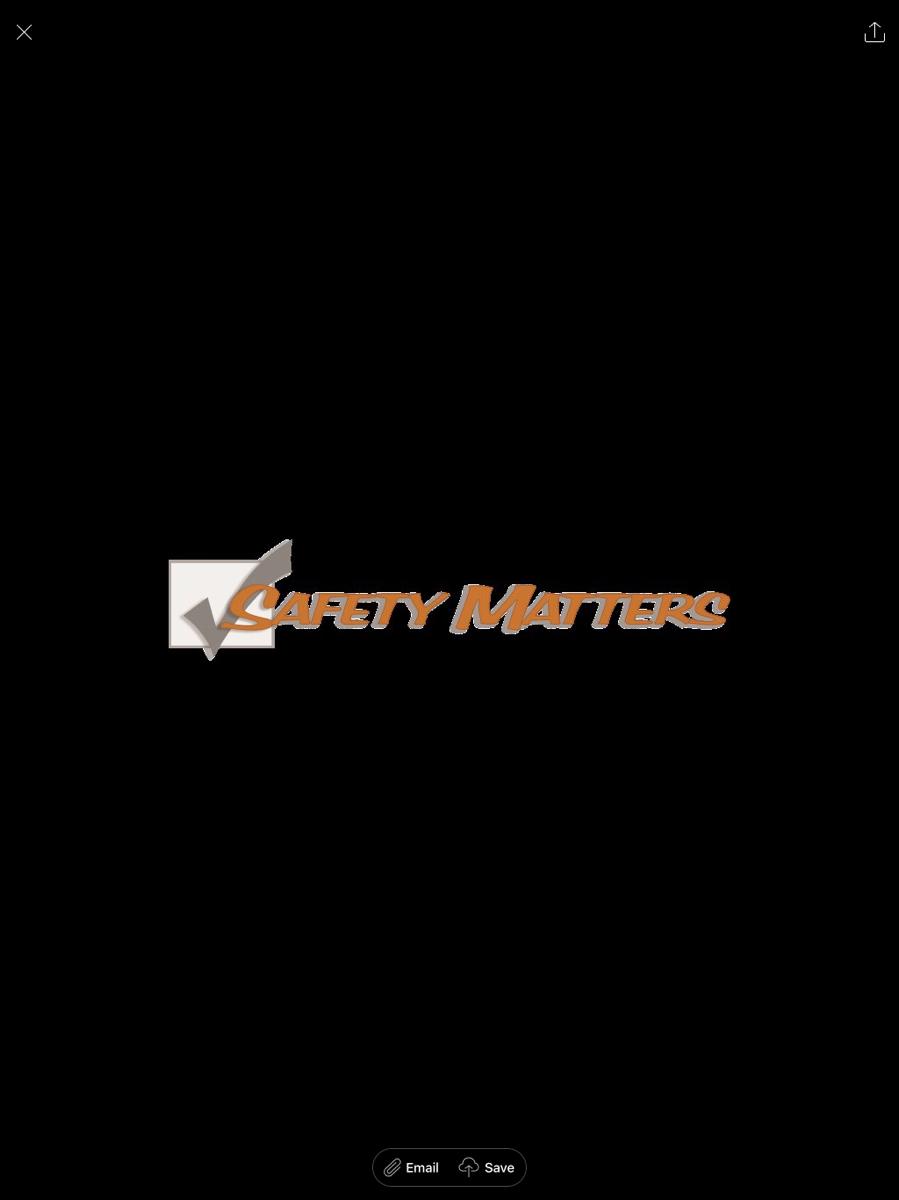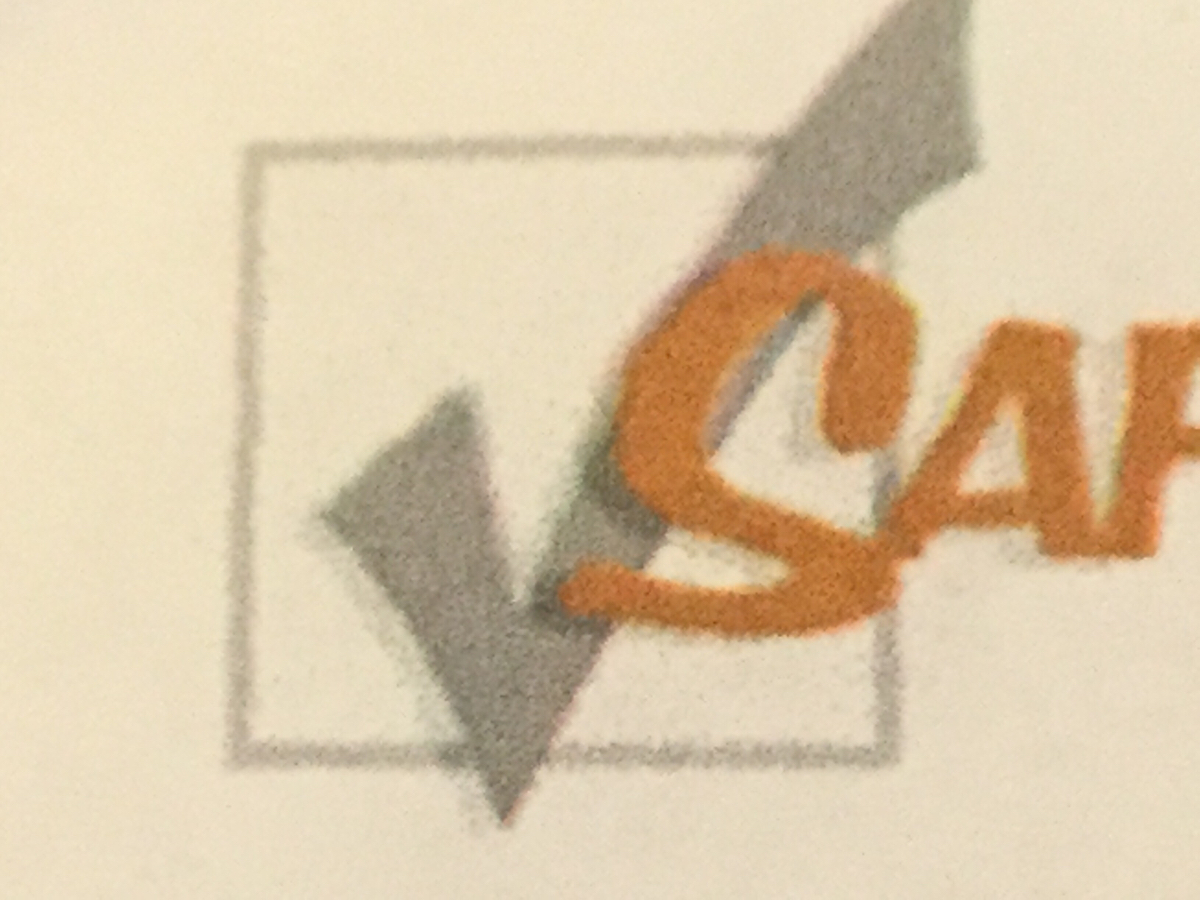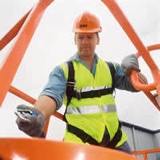Information
-
Document No.
-
Audit Title
-
Conducted on
-
Prepared by
-
Location
-
Personnel
Personal Protective Equipment
-
WAC 296-155-215
(1) General.
(a) Employees shall use eye and face protection equipment when machines or operations present potential eye or face injury from physical, chemical, or radiation agents. -
Hard Hats <br>WAC 296-155-205
-
Safety Glasses<br>WAC 296-155-215<br>
-
WAC 296-800-16050 Make sure your employees use appropriate eye and face protection. You must: • Make sure that employees exposed to hazards that could injure their eyes and/or face use appropriate protection. Examples of these hazards include: – Flying particles. – Molten metal. – Liquid chemicals. – Acids or caustic liquids. – Chemical gases or vapors. – Any light that could injure the eyes such as lasers, ultraviolet, or infrared light – Objects that puncture.
-
Leather Work Boots<br>WAC 296-155-212
-
High Visibility Clothing<br>WAC 296-155-200
-
Gloves<br>WAC 296-155-205
-
Hearing Protection<br>296-155-210
-
Face Shields<br>296-155-215
-
Burning Goggles<br>296-155-407
-
Welding Hood and Gloves<br>296-155-407
Housekeeping WAC 296-800-22005
-
WAC 296-155-020
Housekeeping.
(1) All places of employment shall be kept clean to the extent that the nature of the work allows.
(2) To facilitate cleaning, every floor, working surface, and passageway shall be kept free from protruding nails, splinters, loose boards or openings.
(7) You must maintain free access at all times to all exits, fire alarm boxes, fire extinguishing equipment, and any other emergency equipment. Free access means clear of all obstructions. -
Material stacked in orderly fashion
-
Safe from slip, trip and fall hazards
-
Access/Egress maintained
-
Debris properly removed
-
WAC 296-800-22005
Keep access clear
You must:
Keep all areas of your workplace, passageways, storage rooms and service rooms in a clean, orderly and sanitary to the extent the nature of the work allows. -
Trash cans present in work area
Temporary Barricades 296-155-310
-
-
Public safety signs
-
Fencing maintained
-
Proper caution/danger tape being used
Electrical WAC 196-155-428
-
GFCIs used<br>WAC 296-155-447
-
Cords in safe condition<br>WAC 196-155-428
-
Cords protected from traffic
-
Energized parts protected
-
Flexible Cords being used where run through installed windows
-
Signage present
-
Proper temp lighting
-
Electrical room secured
Ladders/stairs WAC 296-876-40030 and 296-155-477
-
3' above landing for access
-
Ladders secured when there is less than 3' above landing for access
-
Proper use of ladders
-
Inspected for defects/stickers
-
Rails at stairs/landings
-
Stairways having 4 or more risers or rising more than 30 inches (76 cm), whichever is less, must be equipped with:
(i) At least one handrail; and
(ii) One stair rail system along each unprotected side or edge. -
Stairway, ramp or ladder at elevation of 18 inches or more in frequent traveled passageway entry or exit
-
Clear of debris/materials
-
Slip, trip exposure eliminated
-
Stairs illuminated
Fall Protection WAC 296-155-24609
-
Harness and lanyards<br>WAC 296-155-24605
-
Horizontal lifeline/yoyos
-
Guardrail system installed on ramps, runaways or inclined walkaway that are at 4 feet or more.<br>WAC 296-155-24615(2) and WAC 296-155-296-155-24619(1)
-
Floor openings guarded<br>WAC 296-155-24607
-
Roof opening guarded
-
Wall openings guarded <br>WAC 296-155-24609<br>
-
A Guardrail is required, if the window isn’t installed. Typically, they use 2” x 4” for guardrails, installed at 21 and 42 inches, +/- 3 inches, when opening is below 29 inches.
-
Warning lines in place
-
Impalement hazards protected<br>
Scaffolds WAC 296-874
-
-
Planking secured
-
Fall protection in use when working above 10 feet
-
Sections properly pinned
-
Ladder access to scaffolding <br>WAC 296-155-20020
-
Handrail in place on scaffolding<br>WAC 296-874-20028
-
Components Undamaged
-
Scaffolding Inspected and Tagged
-
Shorter platforms are overlapping by at least 12 inches when used to create longer one<br>WAC 296-155-20012
-
Wood planks are OSHA approved
-
Platforms are fully planked or decked
-
You must make sure scaffold platforms meet the minimum width requirements of 18 inches (46 cm)
Exemption:
Platforms and walkways may be less than 18 inches (46 cm) wide if all of the following are met:
1. You can demonstrate that the area is so narrow that the platform or walkway cannot be at least 18 inches (46 cm) wide;
2. The platform or walkway is as wide as feasible;
3. Employees on those platforms or walkways are protected from falling by using guardrails or personal fall arrest systems. -
Screw Jacks and Base Plates in use
Pump Jack Scaffolds WAC 296-874-40032
-
-
Braces, brackets and accessories are made of metal plates and angles
-
Base is bolted
-
Proper bracing in place at top and bottom of poles
-
Fall protection in use when working above 10'
Mobile Equipment WAC 296-155-610
-
-
Workers trained
-
Equipment inspected
-
Seat belts used/chain gate closed
-
Back up alarms audible
-
Spotters used when needed
Hoisting and Rigging Equipment WAC 296-155-532
-
-
Qualified rigger named
-
Daily crane inspection information on site
-
Safety latch on hook checked
-
Tag lines in use
-
Cranes flagged off
-
Power lines marked off or delineated
-
Sling/chokers stored
Excavation WAC 296-155-657
-
-
Competent person named
-
Workers trained
-
Proper access/egress
-
Spoil pile at least 2' from edge
-
Shore/slope/bench
-
Excavation checked daily
Tools WAC 296-807-15010
-
Powder Actuated Tool In USE sign
-
PPE being used while operating powder actuated tools
Prework WAC 296-155-110
-
Fire Extinguisher inspected and signed monthly
-
Required postings posted
-
First aid kit/eye wash station are on site
-
Weekly safety meeting minutes/attendance roster on file?
-
Weekly site inspection filed and dated?
-
MSDS/SDS on site
-
Hot work program in use
-
Lock out/Tag out program in use
-
Site Safety Plan from subcontractors on site
-
Employee training records available for work being performed
Site/Public Protection
-
-
Adequate lighting
-
Barricades installed properly
-
Excavations protected
-
Falling object protection
-
Perimeter fencing
-
Public protection signage
-
Security system in place
-
Street closure identified/traffic control plan
Corrective Actions
-
Other notes
-
Corrective actions that will be undertaken
-
Auditor signature
-
Personnel Signature










